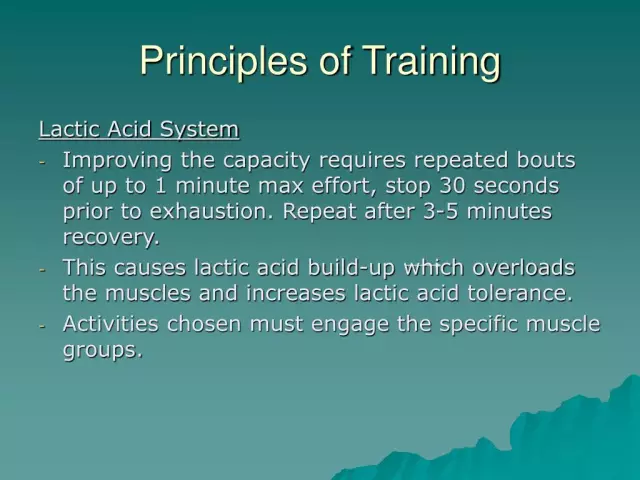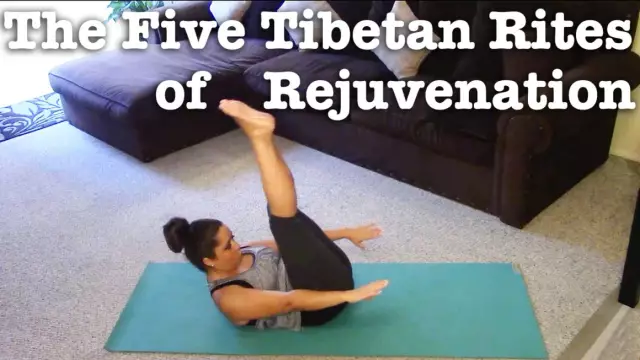- Author Rachel Wainwright [email protected].
- Public 2023-12-15 07:39.
- Last modified 2025-11-02 20:14.
Exercises Zass
To become a real strongman, muscle building is not enough - sooner or later a plateau sets in, in overcoming which neither dynamic exercises nor an increase in maximum loads will help. Here the Zass exercises come to the rescue, which are based on the development of the strength of the tendons and ligaments.
History of "Iron Samson"

You cannot judge a person's physical strength only by the volume of his biceps. The author of the exercise system - Alexander Zass, nicknamed "Iron Samson", was a clear proof of this. The great circus athlete was only 168 cm tall, and his weight did not exceed 75 kg. But this did not prevent him from catching a cannonball weighing 90 kg, fired from a circus cannon, holding the ropes stretched by two horses with his hands, lifting the piano together with a playing pianist and, in addition, a dancer on the instrument lid.
Alexander Zass was fond of athletics since childhood - he subscribed to books on physical development, worked with a barbell and weights, mastered turns and flights on the horizontal bar. Over time, he realized that true strength lies not in the muscles, but in the tendons. During the war years, the exercises of the Zass often saved the author himself. Being captured several times, the iron Samson practiced in a prison cell for 15-20 seconds straining according to his training method, and once even escaped from a military prison, breaking the chains of handcuffs and breaking the bars.
In the 20s of the twentieth century, Zass made a dizzying career as a circus athlete, touring throughout Europe. In total, Zass performed in the circus with athletic numbers for almost 40 years. But, of course, the main achievement was his own system of isometric exercises, set out in his books.
Basic principles of exercises of the Zass system
The exercises of the Zass system are based on a special method of working on the body, in which the muscles tense, but do not contract - their length remains unchanged. All efforts are applied statically, without movement in the joints, and the main load falls on the tendons, which are the connecting link between muscles and bones. The muscles themselves, "Iron Samson" called the surface mass and proposed to train what lies at the heart of the muscle, namely the tendon.
Zass's tendon exercises turned out to be in demand decades later, not only among weightlifters, but also among intelligence officers, masters of hand-to-hand combat, as well as in many martial arts. The developments of Alexander Zass can be summarized in three main principles:
- Breathwork. Zassa exercises are performed on a smooth inhalation and exhalation without jerking. Among the exercises of the Zass system, there is also a complex dedicated to the setting of correct breathing, thanks to which Zass himself could easily withstand a blow to the stomach with a fist or leg;
- Isometric exercise Zass. At the heart of training is the application of effort to a stationary object, which makes not only muscles work, but also tendons. The isometric complex includes exercises with chains, rods, belts, etc. Combined with proper breathing and extreme concentration, the Zass tendon exercises have a stunning effect;
- A complex approach. For successful training, it is necessary to correctly apply breathing, isometric and dynamic Zass exercises, as well as observe a sleep and nutrition regime. This is the only way to make the body work with full dedication.
How to train with the Zass system: exercises
The Zass tendon exercises themselves take about 15 minutes. Much more time is spent on warm-up, designed to warm up the muscles and joints before exertion. This allows you to get the most out of your workout while avoiding injury.
Exercises of the Zass system are performed with even breathing. In this case, the maximum voltage is reached smoothly, and then a smooth decline follows. Jerks and breath holding are excluded. The sequence of actions is clear and simple - at the entrance to the exercise, a slow and deep breath is taken, and at the exit, the same slow exhalation.

At the beginning of training, it is recommended to work half-heartedly, since the body should not experience stress. You can reach maximum effort after a month of training. The peculiarity of the exercises of the Zass system is that the maximum strength is manifested only in the position in which it was developed. Therefore, for harmonious development, you need to regularly change the angle of the torso, the bends of the arms and legs.
Tendon exercises Zass
Here we present the isometric Zass exercises, reviews of which speak of their maximum effectiveness:
- Stretching the chain by hand. One end of the chain is clamped with the right hand at the right knee, the other with the left hand at the waist. Then the hands change. In this case, the legs should be shoulder width apart;
- Stretching the chain over your head. It is performed on arms extended upwards, allows to develop muscles and tendons of the chest, arms and back;
- Stretching the chain in front of you. A fairly simple exercise Zassa, performed on bent arms, the elbows remain at shoulder level;
- Stretching the chain behind you. The chain is held behind the back at the level of the shoulder blades with straight arms. This is the same exercise performed with a longer chain; allows you to work out the broadest muscles of the back.
- Stretching the chain vertically. One end of the chain is clamped on the floor with your foot (you need shoes with a dense sole), the other end is pulled with two hands located at the level of the knees, belt or behind the back;
- Lateral chain stretch. One end of the chain is clamped by the foot, the other is pulled up from the side with the corresponding hand bent at the elbow, then the side changes. By changing the length of the chain, you can work out the shoulder delta or biceps ligaments;
- Stretching the chain with the neck. One end of the chain is clamped by the foot, the other with a loop is attached to the neck;
- Stretching the chain around the chest. The chest wraps around in a chain, the athlete inhales and exhales strains the lats of the back and chest.
Special attention should be paid to isometric exercises with a belt according to the Alexander Zass system, which were included in the arsenal of special forces soldiers. Exercises are convenient because the main equipment is always at hand, and performing exercises gives a noticeable increase in strength. Isometric exercises with a belt according to the Alexander Zass system are performed simply - you need to try to break it in the same way as the presented exercises with a chain - vertically, horizontally, in front, behind, etc. In this case, the delay in the effort lasts no more than 6-7 seconds, and the exercises are performed in three approaches for each hand.
Reviews of Zass exercises say that with their help you can seriously increase physical strength and endurance, using the simplest available objects and a minimum of free space. If there is no belt or chain at hand, they can be performed simply by pressing the palm of the hand on the palm in front of the chest or stretching the arms clasped on the chest to the sides.
According to feedback from practicing bodybuilders about Zass exercises, with regular training, the system allows you to increase the capacity of muscles and tendons by 3-5% weekly. Isometric Zass exercises can be a great addition to any sport, or a self-training exercise that can help you build strength and endurance.
Found a mistake in the text? Select it and press Ctrl + Enter.






